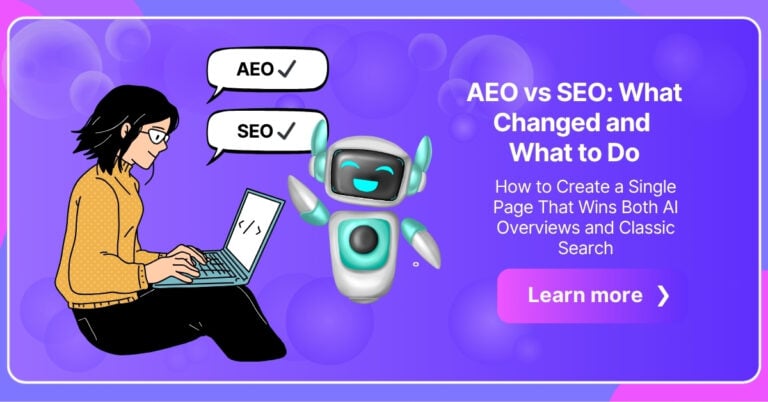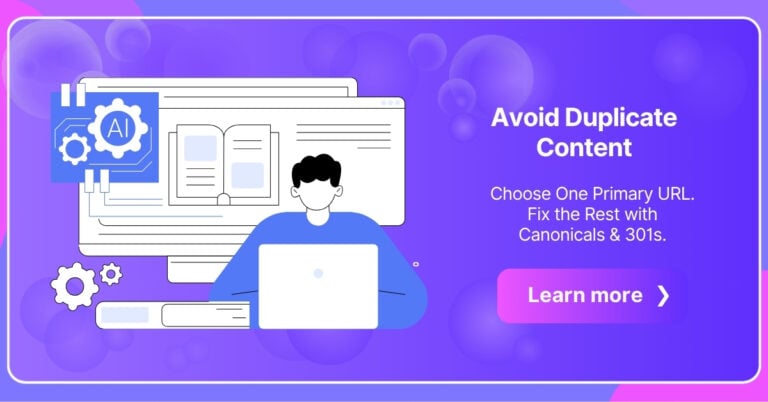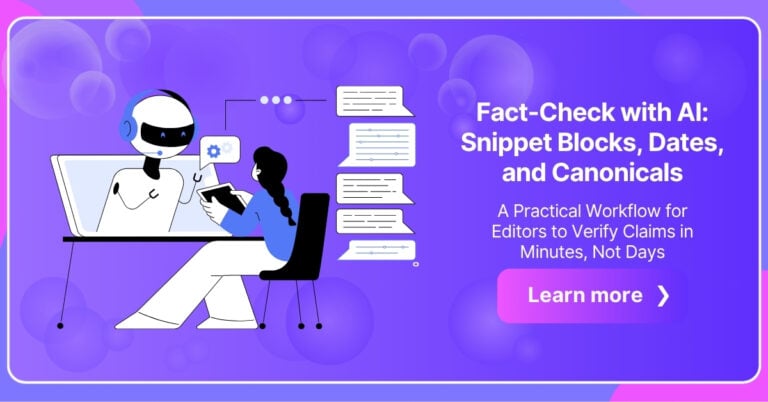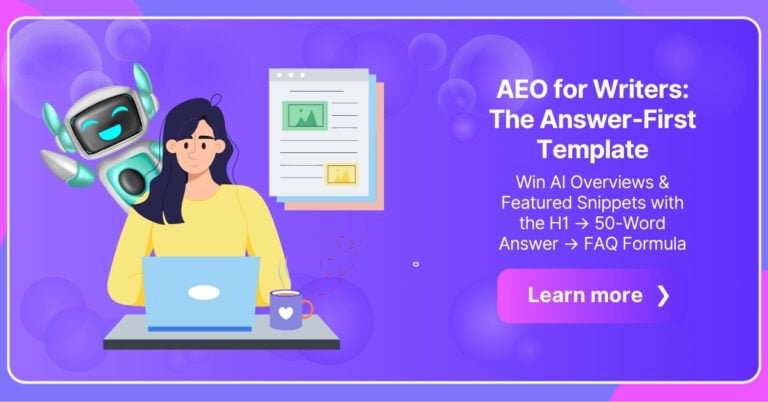In the era of personalized technology, training ChatGPT on custom data lets you build smarter tools that truly understand your language and unique needs.

Customizing ChatGPT isn’t just for developers or data scientists – it’s a path anyone can explore to unlock deeper value from AI.
The journey to personalization begins with curiosity and a desire to go beyond off-the-shelf solutions. Training ChatGPT on your own data invites creativity, precision, and control into how AI engages with your world.
This guide is crafted to be approachable, practical, and inspiring. It’s not about complexity, but about giving you the confidence to shape AI that reflects your goals and vision.
With the right mindset and tools, you’ll find that customizing ChatGPT is less about coding and more about communication. Let’s take that first step toward making AI truly yours.
What is ChatGPT?
ChatGPT is an advanced language model developed by OpenAI, designed to understand and generate human-like text based on the input it receives.
Built on the GPT (Generative Pre-trained Transformer) architecture, it has been trained on a diverse range of internet text to carry out conversations, answer questions, create content, and much more.
What makes ChatGPT stand out is its ability to produce coherent and contextually relevant responses across a wide variety of topics. It doesn’t just repeat information – it generates new text that aligns with the style, tone, and purpose of the input it’s given, making interactions feel natural and intuitive.
Though it may seem like magic, ChatGPT works through complex machine learning algorithms that analyze patterns in language. It predicts the next word in a sequence based on what has come before, allowing it to simulate intelligent conversation and generate detailed explanations or creative writing.
While it’s a powerful tool, ChatGPT is not infallible. It doesn’t have beliefs, opinions, or access to real-time information unless specifically integrated with external data sources, so understanding its strengths and limitations is key to using it effectively.
Limitations of the Base Model
While ChatGPT is a powerful tool, the base model does have notable limitations that can impact its effectiveness in specialized or high-stakes applications.
These limitations stem from the general nature of its training data and its design as a broad, conversational AI rather than a domain-specific expert.
Key limitations of the base ChatGPT model include:
- Lack of domain-specific knowledge: It may provide vague or inaccurate answers when asked about specialized topics outside its training data.
- No real-time updates: The model doesn’t access current events or updates unless integrated with external tools.
- Inconsistency in long conversations: ChatGPT may lose track of context or contradict itself over extended interactions.
- Limited understanding of nuanced instructions: Complex or subtly worded prompts can lead to unexpected or incomplete responses.
- No memory of past interactions: Unless configured with memory features, the model cannot recall previous conversations or user preferences.
Defining Custom Data Training
Custom data training refers to the process of tailoring a language model like ChatGPT using specific datasets that reflect your unique needs, language, or domain.
Instead of relying solely on the general knowledge encoded in the base model, you introduce new, relevant information that helps the model perform better in your chosen context.
This form of training allows ChatGPT to become more accurate and helpful when interacting with specialized content.
Whether it’s customer support dialogue, technical manuals, or company-specific policies, custom data training ensures the model responds with contextually appropriate and precise information.
There are different approaches to this customization, including fine-tuning, embeddings, and prompt engineering. Each method varies in complexity and control, but all aim to align the model’s output more closely with your expectations and domain expertise.
Ultimately, defining custom data training means understanding that a one-size-fits-all model has limitations, and personalization is the key to unlocking its full potential. By feeding it your own data, you’re not just training a model; you’re teaching it to speak your language.
Benefits of Domain-Specific Adaptation
Domain-specific adaptation enhances ChatGPT’s ability to operate effectively within a targeted field by aligning its responses with the language, terminology, and expectations unique to that area.
This focused approach significantly improves the quality, accuracy, and usefulness of the model’s output for specialized tasks or audiences.
Key benefits of domain-specific adaptation include:
- Improved accuracy and relevance in responses tied to industry-specific topics or jargon.
- Faster and more efficient communication with users who expect expertise in a particular field.
- Enhanced user trust and satisfaction due to more precise and confident answers.
- Better performance in structured tasks like data extraction, customer support, or compliance.
- Reduction in hallucinations or off-topic replies that commonly occur in general-purpose models.
Differences Between Base and Custom Models
While the base ChatGPT model offers impressive general-purpose capabilities, custom models are fine-tuned or adapted to specific domains, offering improved performance for specialized tasks.
The key differences lie in how each model handles accuracy, language style, data familiarity, and overall reliability within targeted contexts.
| Feature | Base Model | Custom Model |
| Knowledge Scope | Broad, general knowledge | Focused on specific domains or datasets |
| Accuracy | Moderate, with potential for generic errors | High, especially in domain-specific content |
| Language and Tone | Neutral and general | Tailored to brand or industry tone |
| Context Handling | May miss domain nuances | Captures subtleties and technical details |
| Reliability | Varies across topics | Consistent within trained domain |
| Customization | Limited to prompt design | Fully customizable with fine-tuning or embeddings |
Step-by-Step Guide to Train ChatGPT on Custom Data
Training ChatGPT on custom data involves a series of clear, manageable steps that let you tailor the model to fit your unique domain or use case.
Whether you’re using fine-tuning or retrieval-based methods, following a structured process ensures the best results in terms of accuracy, performance, and usability.
Step 1: Define Your Objective
Clarify what you want the model to achieve, such as answering technical questions, mimicking your brand voice, or supporting customer service.
Step 2: Collect and Prepare Your Data
Gather high-quality, relevant data such as FAQs, documentation, transcripts, or emails, and clean it for consistency and clarity.
Step 3: Choose a Training Method
Decide between fine-tuning the model, embedding your data for retrieval-augmented generation, or using advanced prompt engineering.
Step 4: Format Your Dataset
Structure your data in a format suitable for the chosen method, such as question-answer pairs for fine-tuning or chunked documents for embedding.
Step 5: Use Tools or Platforms
Select tools like OpenAI’s API, LangChain, or third-party platforms that support custom training and manage model deployment.
Step 6: Train and Evaluate
Run your training or embedding process, then test the model’s responses for accuracy, tone, and relevance to ensure it meets your goals.
Step 7: Deploy and Monitor
Integrate the trained model into your application and continuously monitor performance to refine and update as needed.
CustomGPT.ai: A Smarter Way to Build Tailored AI Assistants
CustomGPT.ai is a no-code platform that enables businesses to create AI-powered assistants using their own content. It leverages GPT-4 to deliver context-aware responses without requiring technical expertise.
Designed for real-world applications, it ingests documents, websites, and internal knowledge to build assistants that reflect your brand and knowledge base. The AI only retrieves from your data and does not train on it, ensuring privacy and security.
With built-in safeguards against hallucination and support for integrations like Google Drive, YouTube, and Zendesk, CustomGPT.ai offers both precision and flexibility. It is fully compliant with enterprise-grade standards such as SOC 2 Type 2 and GDPR.
Beyond chat capabilities, the platform includes analytics to help teams track usage and refine content. Developers also have access to APIs and advanced tools for deeper customization and scalability.
Key Features of CustomGPT.ai
CustomGPT.ai offers a robust set of features that make it ideal for businesses looking to deploy reliable, secure, and highly accurate AI assistants. Its tools are designed to minimize hallucinations, protect data privacy, and ensure seamless integration into existing workflows.
Standout features include:
- No-code setup: Build and deploy AI assistants without writing a single line of code.
- GPT-4 powered: Delivers intelligent, natural responses based on the latest language model.
- Private data retrieval: Uses your content for responses without training on or storing the data.
- Anti-hallucination safeguards: Keeps answers grounded in your actual documents and sources.
- Enterprise compliance: Meets security standards like SOC 2 Type 2 and GDPR.
- Rich integrations: Connects with tools like Google Drive, YouTube, and Zendesk for content ingestion.
- Analytics dashboard: Tracks user interactions and helps optimize assistant performance.
- Developer-friendly tools: Offers APIs and customization protocols for advanced use cases.

Achieve precision and personalization: Train ChatGPT on custom data with ease!
Discover the step-by-step Guide to train ChatGPT on custom data effectively.
Get started for freeFAQs
Can I train ChatGPT without coding experience?
Yes, platforms like CustomGPT.ai offer no-code solutions that allow anyone to customize ChatGPT using their own content.
What types of data can I use for training?
You can use FAQs, documents, emails, chat logs, and other text-based materials relevant to your domain or business.
Is my data safe when customizing ChatGPT?
Yes, trusted platforms ensure data privacy by retrieving information without storing or training on it, and they often comply with standards like SOC 2 and GDPR.
How long does it take to train ChatGPT on custom data?
The process can take anywhere from a few hours to a couple of days, depending on the method and amount of data.
Do custom-trained models still use GPT-4?
Yes, most custom solutions, including CustomGPT.ai, are built on top of GPT-4 to ensure high-quality, natural responses.
Conclusion
Training ChatGPT on custom data empowers you to create AI that truly understands your domain, reflects your voice, and serves your specific goals. With the right approach and tools, you can move beyond generic answers and unlock the full potential of AI tailored to your world.
If you’re ready to take that next step, you can build your own custom AI chatbot using your data through CustomGPT.ai. This platform makes the process easy, secure, and accessible, so you can launch a powerful assistant that speaks your language and understands your users.
Achieve precision and personalization: Train ChatGPT on custom data with ease!
Revolutionize AI performance with a comprehensive, innovative, and practical guide to train ChatGPT on custom data.
Trusted by thousands of organizations worldwide








